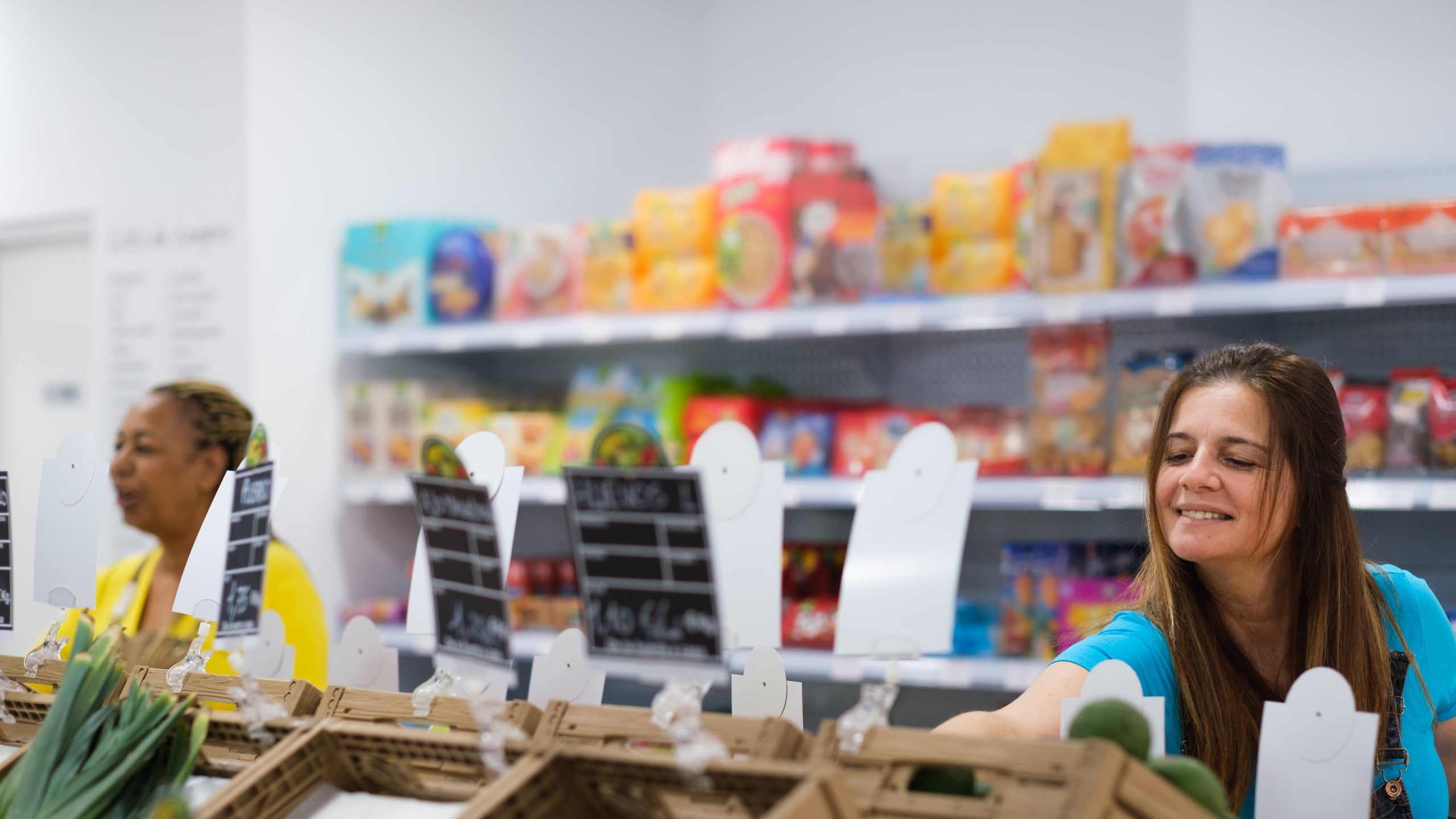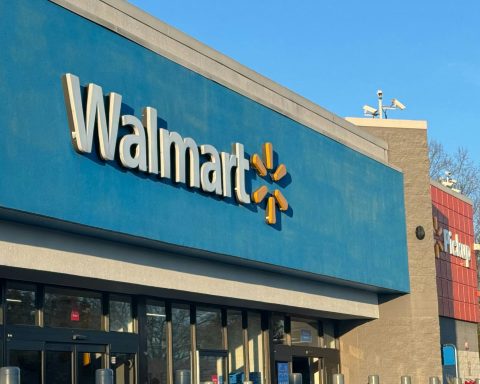South Africa’s R268 billion retail giant, the formal independent retail and wholesale sector, is reshaping grocery shopping. A new Trade Intelligence report values the channel at R268 billion and “nearly a third” of the FMCG market. Once focused on bulk sales to spaza shops, these outlets now draw budget-pressed households with sharp prices and single-item options. Consequently, the R268 billion retail giant is no longer a niche player.
From Trader-Only to One-Stop Stores
Meanwhile, analysts note a clear shift: more families shop at wholesalers and hybrid stores. These stores look and feel like supermarkets, with fresh produce, bakeries and butcheries. In response, Trade Intelligence’s Andrea Slabber says independents adapted layouts, added smaller trolleys and created separate checkouts to serve everyday shoppers. As a result, the R268 billion retail giant has become a mainstream destination.
Big Chains Feel the Heat
At the same time, the rise of independents pressures listed retailers to respond with value formats, while households compare bulk deals against monthly basket prices. Trade Intelligence data shows the channel’s household reach now rivals well-known retailers; this, in turn, underscores its momentum. Notably, UMS CEO Jad Pereira says independent wholesale “feeds the informal market” and increasingly wins over households.
Why This Matters for Consumers and Suppliers
For consumers, the pitch is simple: stretch every rand without sacrificing staples. Furthermore, for small suppliers, independents open doors that big chains may not. Because community focus and agility matter, store owners can tweak pack sizes, run local promotions and stock niche items quickly. With unemployment and high living costs squeezing budgets, this R268 billion retail giant offers practical relief. Looking ahead, it’s poised for further growth as conditions improve.
The Bottom Line
South Africa’s independent wholesale and retail sector has moved from the shadows to centre stage. Overall, on price, convenience and community fit, it now competes head-on with Shoprite, Pick n Pay, SPAR and Woolworths—and it’s gaining ground fast.




